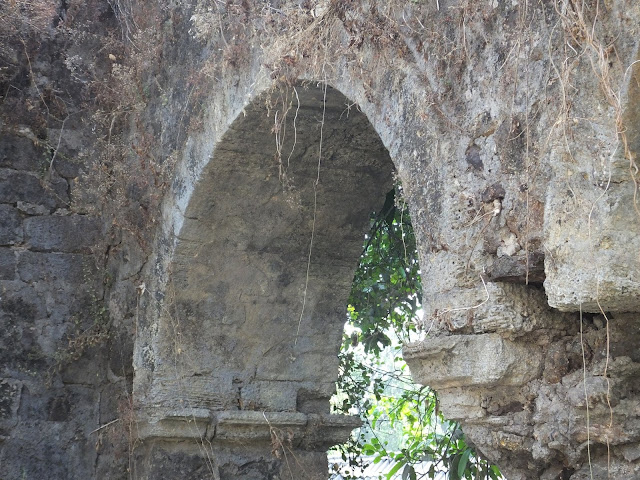Ghodbunder fort - A 16th century marvel on Salsette island.

Apart from the rich history that is attached to the formation of India and its legend, Mumbai has a unique chapter and can make historian's minds heavy. Mumbai's culture act as pure palimpsest and is a complete meal for anyone suffering from a deficiency in history lessons. The numerous forts scattered around the city are a testimony for the same. It comes as surprise to many that there were in total 11 forts in the city. Sitting on the urban fringe of Thane city and on a hill just south of Ulhas river and overlooking the natural creek on its west side, Ghodbunder fort is one of the forts and Mumbai's 16th-century marvelous piece of architecture. The humble Ghodbunder road, the state highway that connects Thane with the northern suburbs of Mumbai today once acted as a bridge between different cultures. The significance of this place was such that it is said to have played a crucial role in Indo- Arab trade which the Portuguese later used to monopolize sea routes in the Arab

